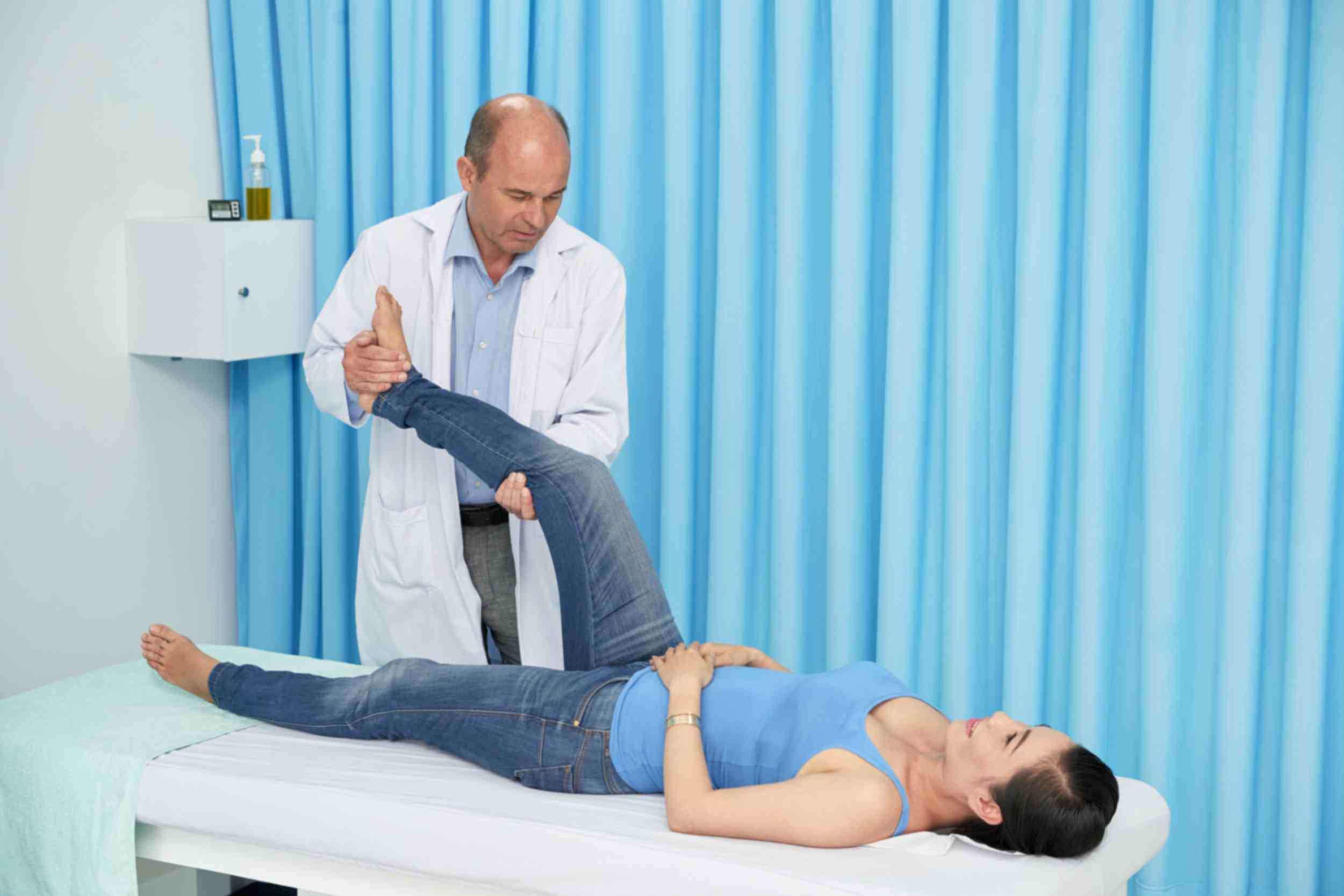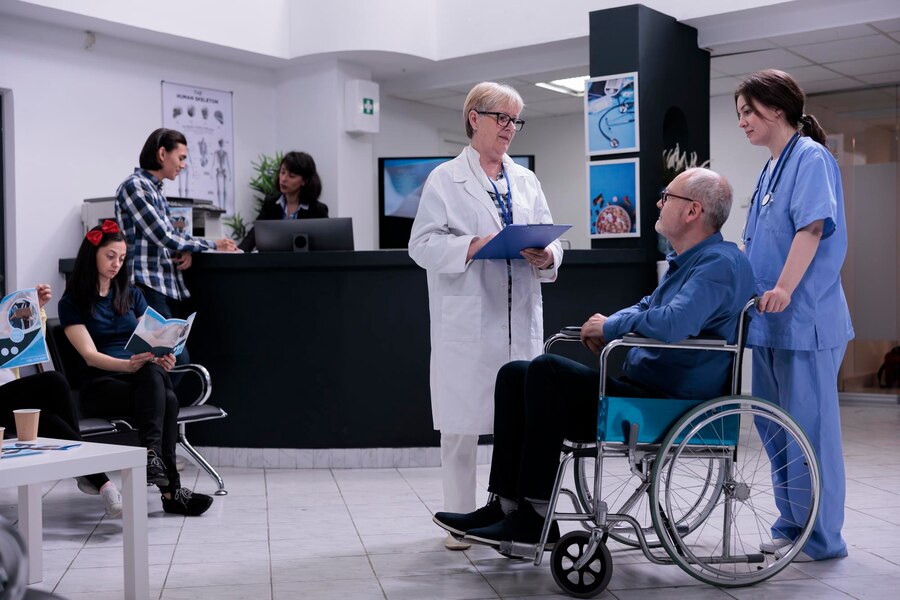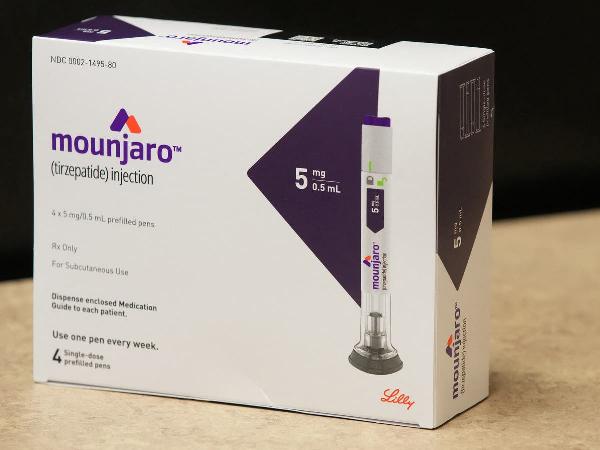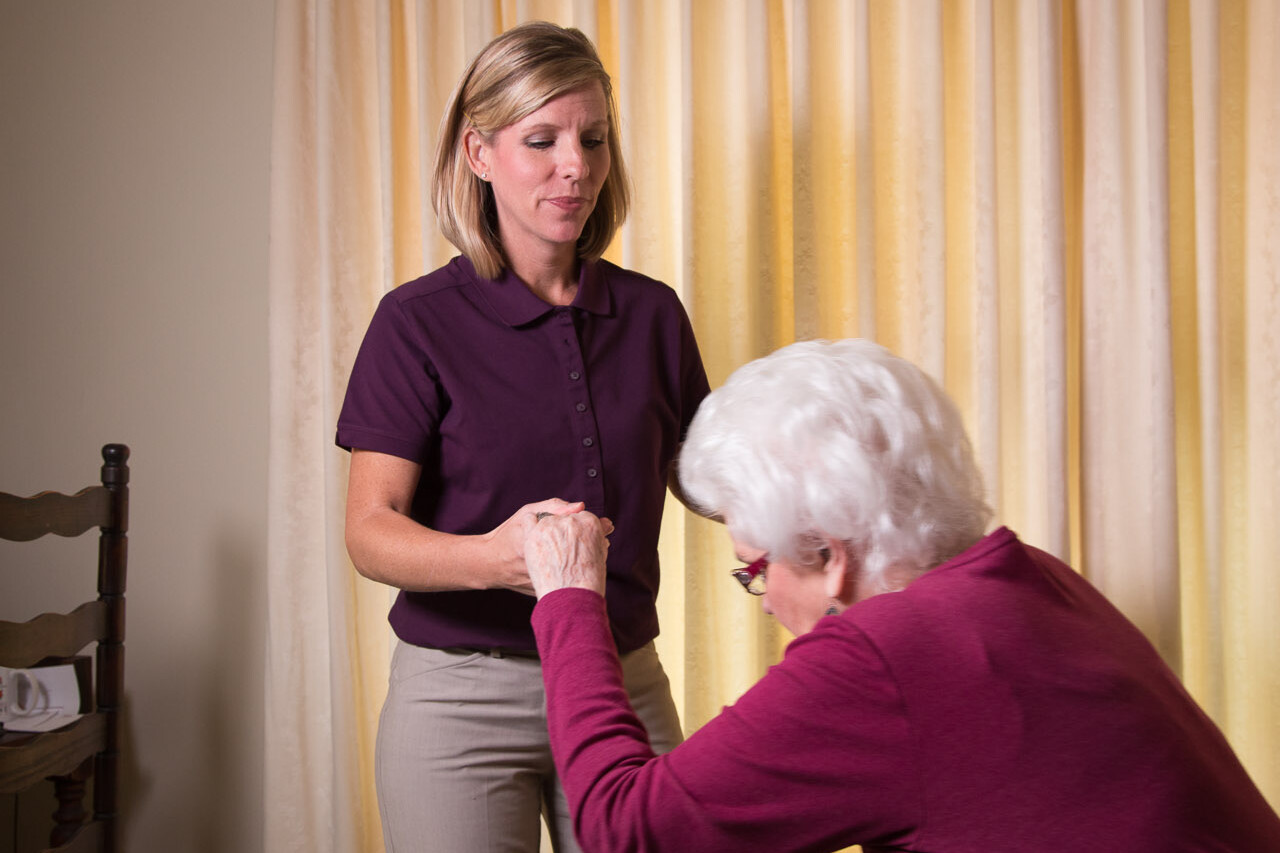Sciatic Pain Relief Without Surgery: 7 Non-Invasive Options

Strong 8k brings an ultra-HD IPTV experience to your living room and your pocket.
Dealing with sciatica can be challenging, especially when the pain travels from the lower back down to your legs. Many worry about surgery, yet there are effective ways to ease this discomfort without going under the knife. This blog will focus on seven non-invasive options for managing sciatica pain, offering a practical path to relief through non-surgical sciatica treatment.
Key Takeaways: Sciatic Pain Relief Without Surgery
- Physical therapy builds strength, improves flexibility, and reduces pressure on the sciatic nerve through personalized exercises.
- Chiropractic care realigns the spine, helping to ease nerve compression and improve posture and movement.
- In painful areas, massage therapy provides comfort and relaxation by promoting circulation and releasing tense muscles.
- Heat and cold application are simple yet powerful tools for calming inflammation and soothing muscle tightness at home.
- Medication and steroid injections may be helpful for short-term relief, especially during intense flare-ups.
Recognizing Sciatica and the Reasons Surgery Isn't Always Required
Sciatica is the result of irritation or compression of the sciatic nerve, which is frequently brought on by inflammation of the muscles, spinal stenosis, or herniated discs. While surgery is sometimes needed in severe cases, most people can find relief by addressing symptoms and underlying causes through conservative measures. These approaches not only reduce pain but help improve mobility and quality of life.
1. Physical Therapy and Targeted Exercises
A structured physical therapy program is key for many with sciatica. Therapists tailor exercises to stretch tight muscles and strengthen the core, hips, and lower back. This combination lessens pressure on the sciatic nerve and promotes spinal alignment. Many find that consistent practice enhances flexibility, promotes healing, and cuts down flare-ups over time.
Examples of helpful exercises include seated glute stretches, spinal twists, and gentle backbends. Movement focused on proper technique prevents further injury and encourages recovery.
2. Chiropractic Care
In order to straighten the spine and lessen nerve irritation associated with sciatic pain, chiropractors employ precise adjustments. This hands-on method often targets spinal misalignments that contribute to nerve compression. Along with adjustments, chiropractors may recommend specific stretches and strengthening routines to support long-term comfort.
3. Massage Therapy
Tight muscles and spasms can worsen sciatica symptoms. Massage relieves discomfort, increases circulation, and relaxes these areas. Techniques like deep tissue massage or myofascial release ease muscle tension surrounding the affected nerve, allowing better movement and pain relief. Some patients include massage in their ongoing pain management plan.
4. Heat and Cold Application
Applying cold packs during initial flare-ups reduces inflammation and numbs sharp pain. After a few days, switching to heat can relax stiff muscles and increase blood flow, aiding tissue repair. Alternating between cold and heat therapy can be especially effective in managing symptoms at home with minimal expense or effort.
5. Medication and Injections
Over-the-counter pain relievers such as ibuprofen or acetaminophen may help reduce inflammation and ease pain temporarily. For more intense discomfort, doctors might prescribe muscle relaxants or nerve pain medication. Corticosteroid injections near the nerve can offer relief by reducing swelling and pressure, sometimes lasting for several months.
6. Acupuncture
Acupuncture is another non-surgical sciatica treatment that some people find helpful. By inserting thin needles into specific points, this traditional therapy aims to stimulate natural pain-relieving chemicals in the body. While results vary, acupuncture has been known to reduce pain and improve function for certain individuals.
7. Lifestyle Adjustments and Postural Care
Sciatica symptoms can be greatly impacted by minor adjustments to everyday routines. The pressure on the spine and associated nerves is lessened when one maintains a healthy weight. Avoiding prolonged sitting or standing and using ergonomic chairs can minimize strain. Incorporating regular, low-impact activity like walking or swimming supports spinal health and prevents stiffness.
Wearing supportive footwear and practicing good posture also go a long way in easing repetitive stress on the lower back.
Final Thoughts
Non-surgical sciatica treatment offers a variety of ways to manage pain effectively without the risks associated with surgery. Combining physical therapy, chiropractic care, massage, and simple home remedies often leads to lasting relief. Medication and acupuncture may provide additional benefits depending on individual needs.
FAQs: Sciatic Pain Relief Without Surgery
1. What is non-surgical sciatica treatment?
Non-surgical sciatica treatment refers to methods and therapies that relieve sciatic nerve pain without surgery. These consist of lifestyle modifications, medicine, acupuncture, massage, physical therapy, and chiropractic adjustments.
2. How long does it take to feel better with non-surgical options?
Recovery time varies based on the cause and severity of the pain. Many people notice improvement within a few weeks, especially with consistent therapy and exercise routines.
3. Can physical therapy completely eliminate sciatica pain?
For many, a personalized physical therapy plan significantly reduces or resolves symptoms. Sticking to recommended exercises and making supportive lifestyle changes increases the chances of lasting relief.
4. Does receiving massage therapy or chiropractic adjustments for sciatica carry any risks?
When performed by qualified professionals, chiropractic adjustments and massage are generally safe. Always disclose your current symptoms and medical history prior to beginning treatment.
Note: IndiBlogHub features both user-submitted and editorial content. We do not verify third-party contributions. Read our Disclaimer and Privacy Policyfor details.







